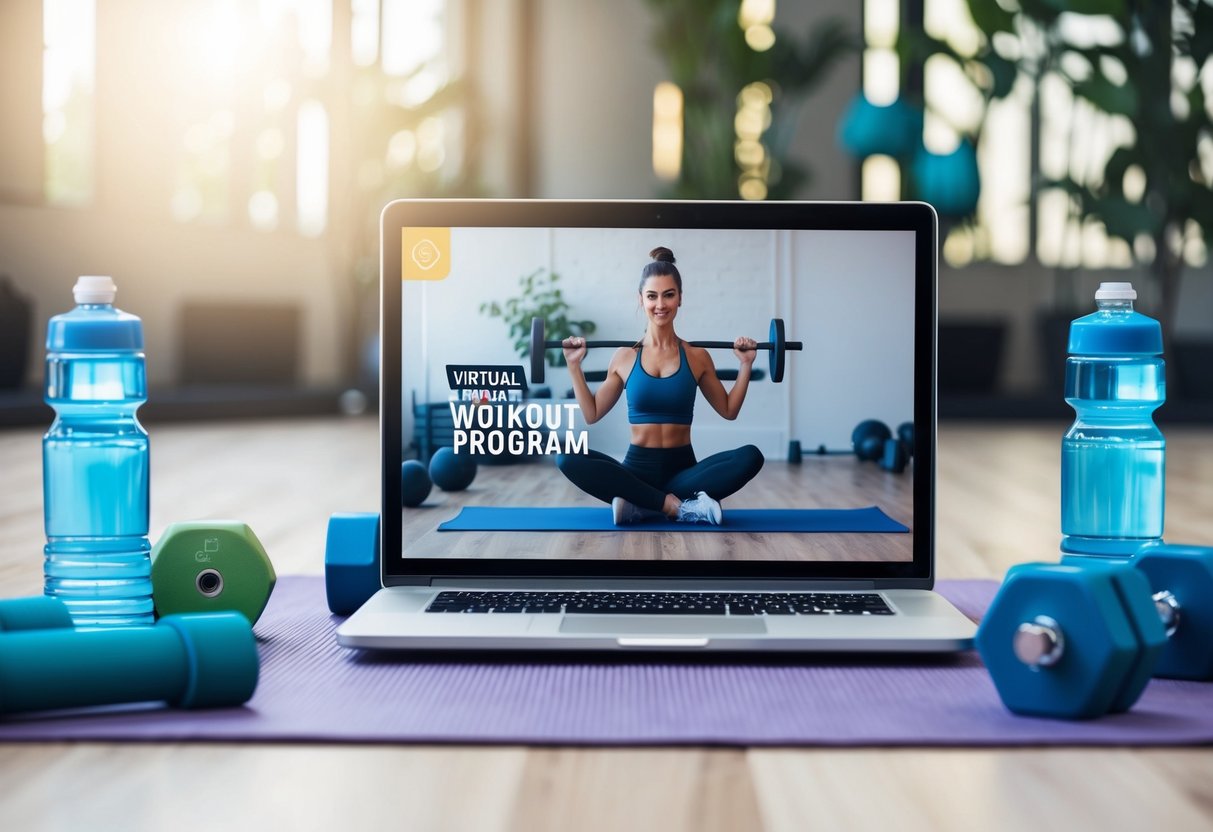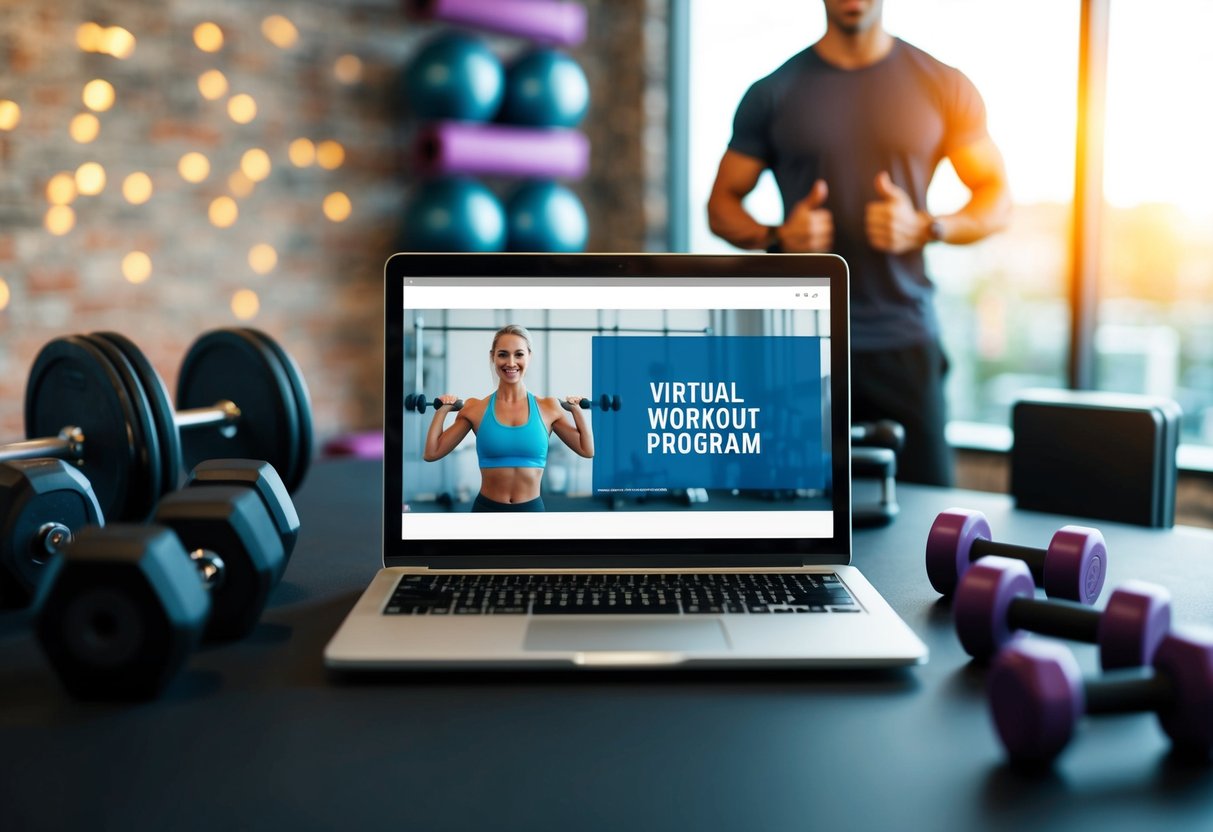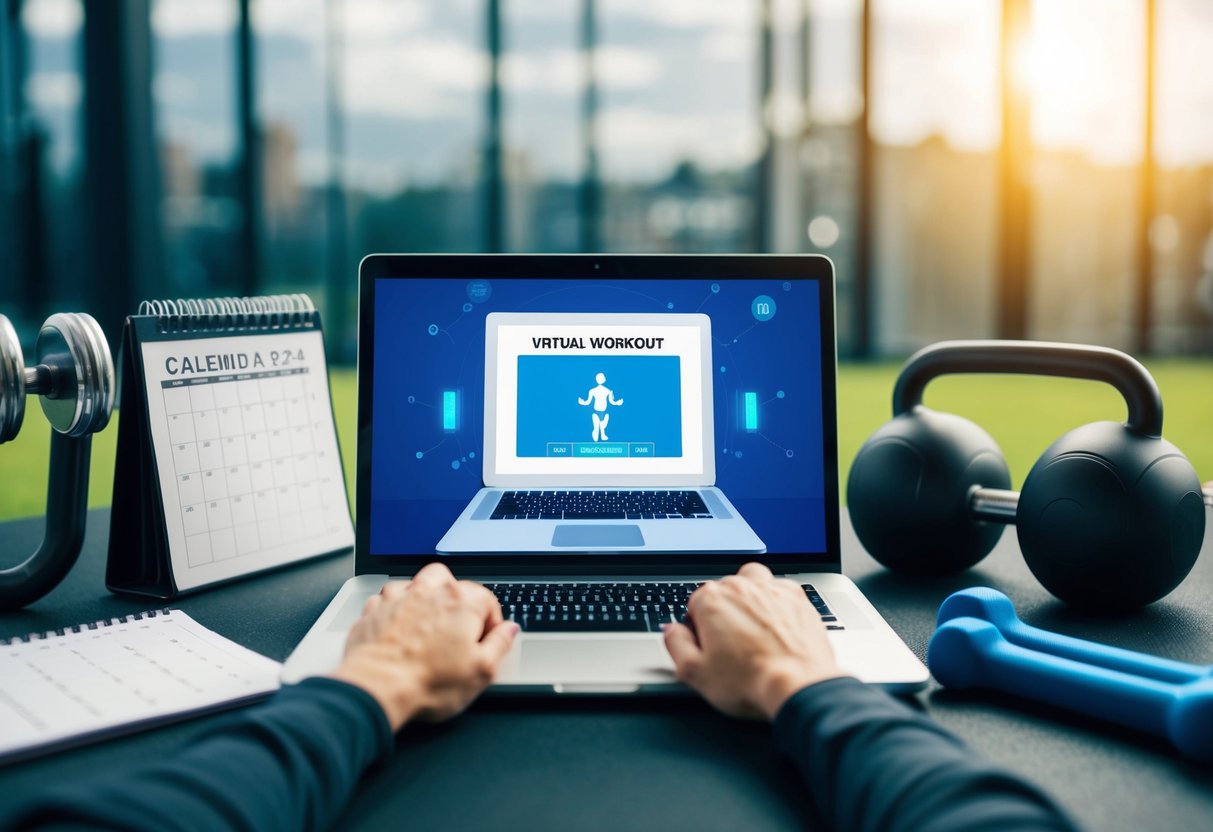
In today’s fast-paced world, maintaining fitness goals can be a challenge, but virtual workout programs are making it easier than ever to stay on track. These programs offer a variety of online coaching and classes, tailored to meet individual needs and preferences, all from the comfort of home. Individuals can achieve their fitness goals more conveniently by accessing structured workouts and personalized guidance online.
Virtual workout programs are designed for flexibility, allowing participants to choose from live sessions or pre-recorded content that aligns with their schedules. This adaptability is a key benefit, as it removes the barriers of time and location that often prevent people from attending in-person classes. Moreover, online coaching provides expert advice and motivation, fostering a supportive environment for all fitness levels.
From yoga to high-intensity interval training, online classes cover a vast array of exercise types. This diversity ensures there is something appealing for everyone, regardless of their fitness level or interests. By engaging in virtual workouts, individuals can build a consistent routine that not only improves physical health but also enhances mental well-being.
Evolution of Virtual Workout Programs

Virtual workout programs have undergone significant changes from traditional forms like VHS tapes to present-day online platforms. The advent of technology has made fitness more accessible through innovations in devices and applications that help users work out from anywhere globally.
From VHS to Virtual
In the early days, working out at home often meant following routines on VHS tapes. These tapes were the first step in bringing gym-like experiences to living rooms, offering a convenient yet limited range of workouts.
With advancements in digital media, DVDs replaced VHS tapes, providing more variety and features like interactive menus and additional workouts.
The internet further revolutionized this space. Platforms like YouTube and fitness sites emerged, offering free or subscription-based videos. This shift meant users could access thousands of workouts without needing physical media, significantly broadening the range of available exercise routines.
Online workout programs such as Peloton Digital began to offer structured classes, live sessions, and community engagement, setting a new standard. These platforms cater to various fitness levels and interests, providing real-time feedback and encouragement.
Technology and Accessibility
With the rise of smartphones and wearable technology, virtual workouts became even more tailored. Devices like the Apple Watch allow users to track their heart rates, calories burned, and other metrics, personalizing fitness routines to suit individual needs.
Technology has also improved accessibility, enabling workouts anywhere—whether at home, outdoors, or while traveling. This flexibility has been key in fitting exercise into busy schedules.
Virtual reality and augmented reality are poised to influence future trends, potentially enhancing the immersion and interactivity of virtual workouts. As these technologies evolve, online platforms continue exploring innovative ways to engage and motivate users across demographics.
Setting Fitness Goals and Tracking Progress

Setting achievable fitness goals is the foundation of a successful workout routine. With the aid of modern technology, tracking progress and maintaining accountability has never been more accessible.
Personalized Coaching
Personalized coaching is a powerful tool in defining and reaching fitness goals. Many virtual workout platforms offer the option to work with a personal trainer who designs a tailored exercise program. This customized approach takes into account individual needs, preferences, and any specific concerns, like injury recovery or targeting certain fitness areas.
Communication between client and trainer can be regular through text, video calls, or app messaging. This constant interaction keeps individuals motivated and accountable. Apps such as Caliber provide detailed workout plans and allow trainers to adjust strategies based on client progress, which is monitored closely. Such personal attention helps in sustaining motivation and ensures that exercise routines align with personal goals.



